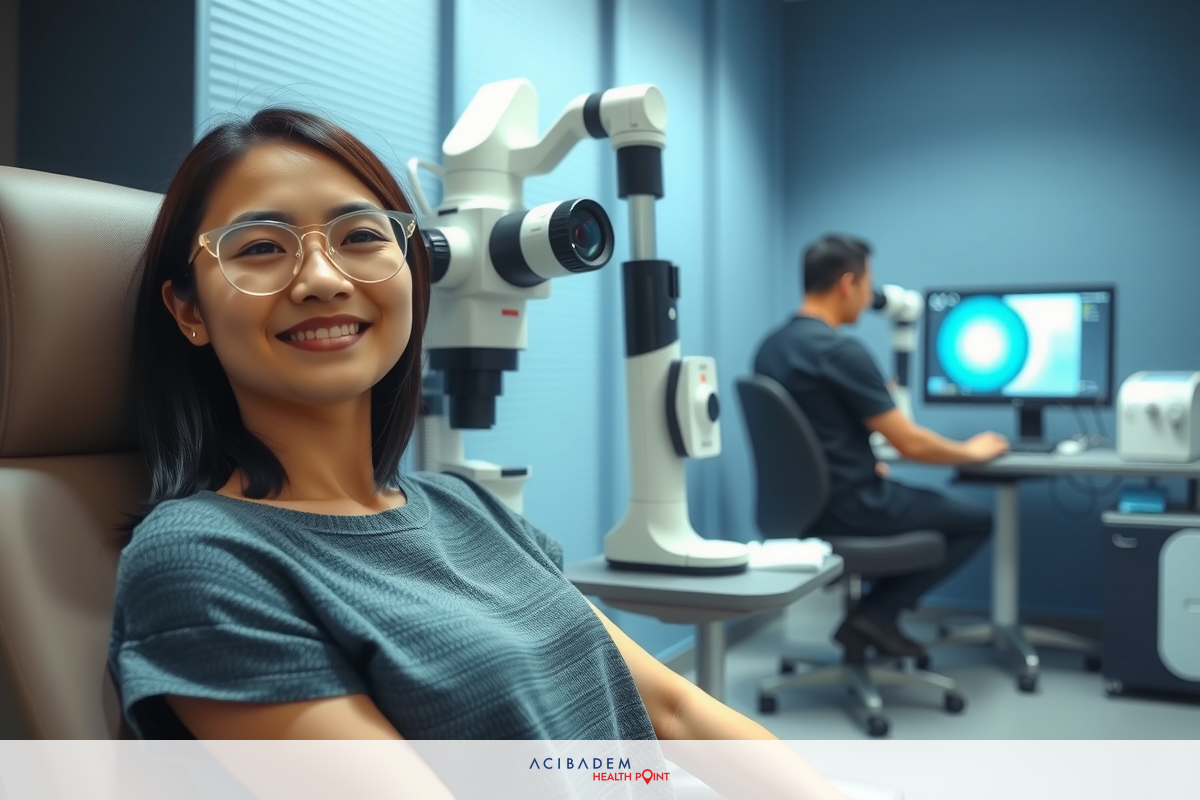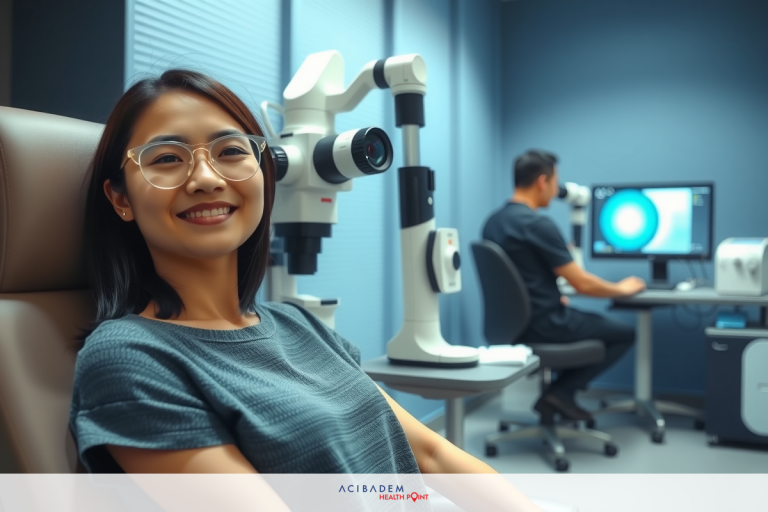How Does Laser Eye Surgery Correct Nearsightedness
How Does Laser Eye Surgery Correct Nearsightedness In the domain of vision correction, laser eye surgery has emerged as a modern marvel. This revolutionary approach offers hope to millions who suffer from nearsightedness each day. As technology advances, so does our ability to refine these procedures and offer careful solutions for vision deficiencies.
The concept behind laser eye surgery is straightforward but incredibly brilliant at the same time. It employs cutting-edge technology to reshape the cornea – the transparent part that covers the front portion of your eyes. By doing this with utmost precision, doctors can correct imperfections that lead to blurred close-range vision seen in nearsighted individuals.
Getting to Know Nearsightedness
Nearsightedness, also known as myopia, is a common vision condition. It involves difficulty in seeing distant objects clearly while close-up vision remains unaffected. If you can read a book but struggle to read street signs until they are quite close, you may be experiencing nearsightedness.
The main cause of this condition lies in the eye’s physical length or the shape of its cornea and lens. When there is an imbalance between these factors, light entering your eyes fails to focus on the retina where it should. Instead, it focuses at a point before reaching the retina, resulting in blurred long-distance vision.
Laser eye surgery provides viable solutions for treating this issue by reshaping the cornea more optimally. As a result of correcting nearsightedness using laser technology, many patients have reported drastically better distant vision after the procedure without needing eyeglasses or contact lenses subsequently.
Hence taking time out to acknowledge what nearsightedness is and how it impacts day-to-day life will aid potential individuals contemplating undergoing corrective treatments like laser eye surgery for better clarity about its necessity.
Laser Eye Surgery Explained
Laser eye surgery is a quick and painless procedure that corrects vision by altering the shape of your cornea. This refractive surgery has been paving the way for correcting vision-based conditions like nearsightedness effectively. Hailed as one of the significant medical advancements, it utilizes highly precise laser technology to help individuals regain their lost clarity in vision.
The entire process begins with thorough examination and mapping of your eyes using advanced computer technology. Once this personalized map is made, these details guide surgeons in the actual removal of minute amounts of tissue from your cornea during surgery. The goal remains constant – to finely reshape your cornea so incoming light focuses on retina efficiently resulting in considerably clearer vision.
To ensure a comfortable experience, doctors make use of anesthesia drops before starting. No knives are involved; it’s lasers all through which work on subtleties without causing any harm or discomfort to patients undergoing treatment. Post-procedure healing occurs rapidly since corneal cells regenerate swiftly thus reducing recovery time significantly.
Opting for a treatment like laser eye surgery can transform lives dramatically by enabling crystal-clear far distance viewing ability previously hampered because of nearsightedness condition adults often face due to various lifestyle changes or sometimes inherently carried along genetically through generations passed.
Benefits of Laser Eye Surgery

Choosing laser eye surgery for nearsightedness correction brings forth several compelling benefits. Not only does this procedure offer a permanent solution to your refractive errors, but the enhanced vision that stems from it can significantly boost the overall quality of your life.
Laser eye surgery is celebrated primarily for its ability to do away with dependence on eyeglasses or contact lenses – a liberating benefit welcomed by many. The joy of waking up with clear sight avoiding those dreadful hunts for misplaced glasses has been an impelling reason why so many opt for this treatment method. No limitations in enjoying activities like swimming or occasional trips diving without worry adds another check mark endorsing eligibility.
Undergoing laser surgery might sound intimidating initially, yet comfort lies in knowing interested patients receive thorough guidance about what to expect during and post-surgery ensuring utmost preparedness before venturing into such key decisions often transforming lives positively beyond expectations.
Follow-ups are integral components post-treatment focusing on healing process hence maintaining close observation helping track progress effectively ruling out complications proactively if any. Coupled with high success rates reported over years coupled by latest technological advancements operating precision only goes uphill improving efficiency. Thus especially adults affected more due to lifestyle alterations find much solace resorting laser eye treatments gaining back sharp focus distantly laid objects leading confident purpose-filled days ahead walking towards brighter tomorrows.
Frequently Asked Questions
What is the success rate of laser eye surgery for nearsightedness?
The success rates are typically high with many patients achieving 20/25 vision or better. However, individual results can vary based on various factors including the degree of nearsightedness.
Is the laser eye surgery procedure painful?
No. Local anesthesia is used to numb the eyes and ensure patient comfort during treatment.
How long does it take to recover from laser eye surgery?
Generally, most people could return to work within a couple of days, although recovery periods can differ based on personal healing speeds and specific job requirements.
This information provided in our article aims at enhancing your understanding regarding how Laser Eye Surgery helps correct Nearsightedness. It shall not replace professional medical advice or consultation under any circumstance; always seek direct guidance from healthcare practitioners about health-related inquiries or concerns.








